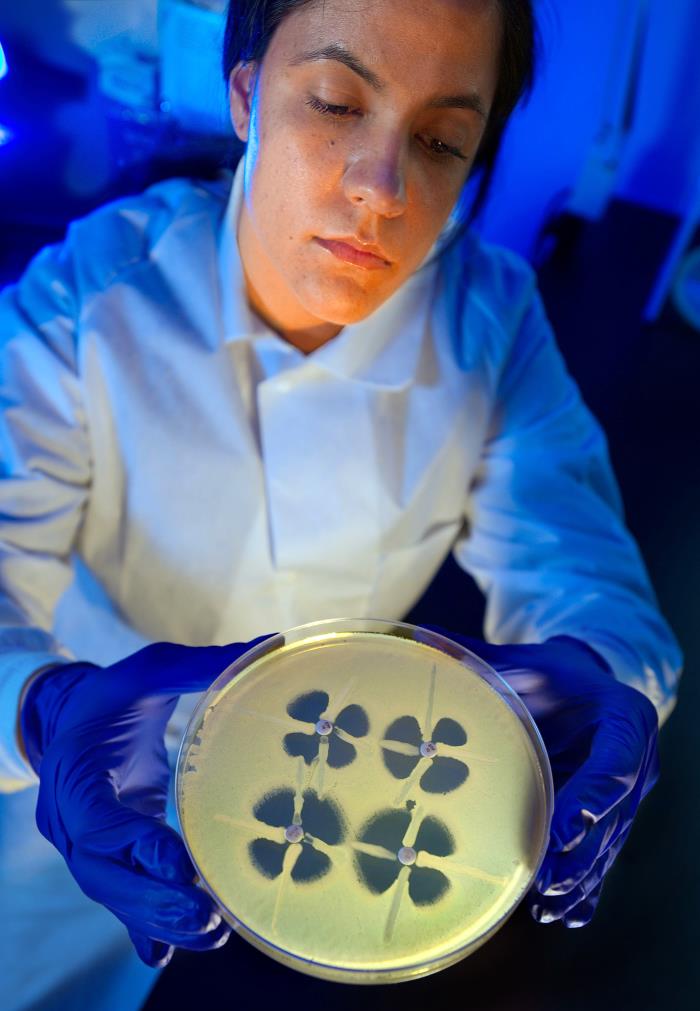
Yesterday in the Journal of Infectious Diseases, researchers described a 2016 mpox outbreak that affected 20 captive chimpanzees at a sanctuary in central Cameroon.
At the time of the clade 1 outbreak in August through October, the sanctuary housed about 300 chimpanzees, gorillas, and monkeys in 18 groups. Mpox affected 20 of 23 adult and younger chimpanzees (14 male and 9 female) in one group. No animals had been moved into or out of the group in the previous 6 months.
Better monitoring, control measures needed
From August to September, 3 chimpanzees were confirmed to have mpox, and 17 had probable cases, for an 87% attack rate. The most common signs were rash (90%), lethargy (85%), and facial or peri-laryngeal swelling (70%). Two of the animals died, for a case-fatality rate of 10%. The rest of the chimpanzees recovered and were considered no longer infectious by late October.
Control measures should include quarantining affected animals, limiting human contacts, surveillance of humans and animals, use of personal protective equipment, and regular decontamination of enclosures.
After the first mpox case was detected, the sanctuary reported it to the Cameroon Epidemiological Network for Animal Diseases, and the onsite veterinarian documented daily signs, dates of onset and death, movements between cages, and treatment in the affected group. Nose-throat and rectal swabs were collected from chimpanzees who died or were immobilized for treatment.
For the 17 unaffected groups, caretakers visually inspected each animal each day for mpox signs, behavioral changes, and night shelter use, and a veterinarian did the same at least twice a week. Animals were quarantined if they showed mpox signs or had direct or indirect contact with the affected group.
Animal caretakers were monitored daily for mpox signs for 17 days; none developed a characteristic rash or fever.
"There is a need for increased awareness and a One Health approach to preparation for outbreaks in wildlife rescue centers in primate range states were MPXV [mpox virus] occurs," the researchers wrote. "Control measures should include quarantining affected animals, limiting human contacts, surveillance of humans and animals, use of personal protective equipment, and regular decontamination of enclosures."














